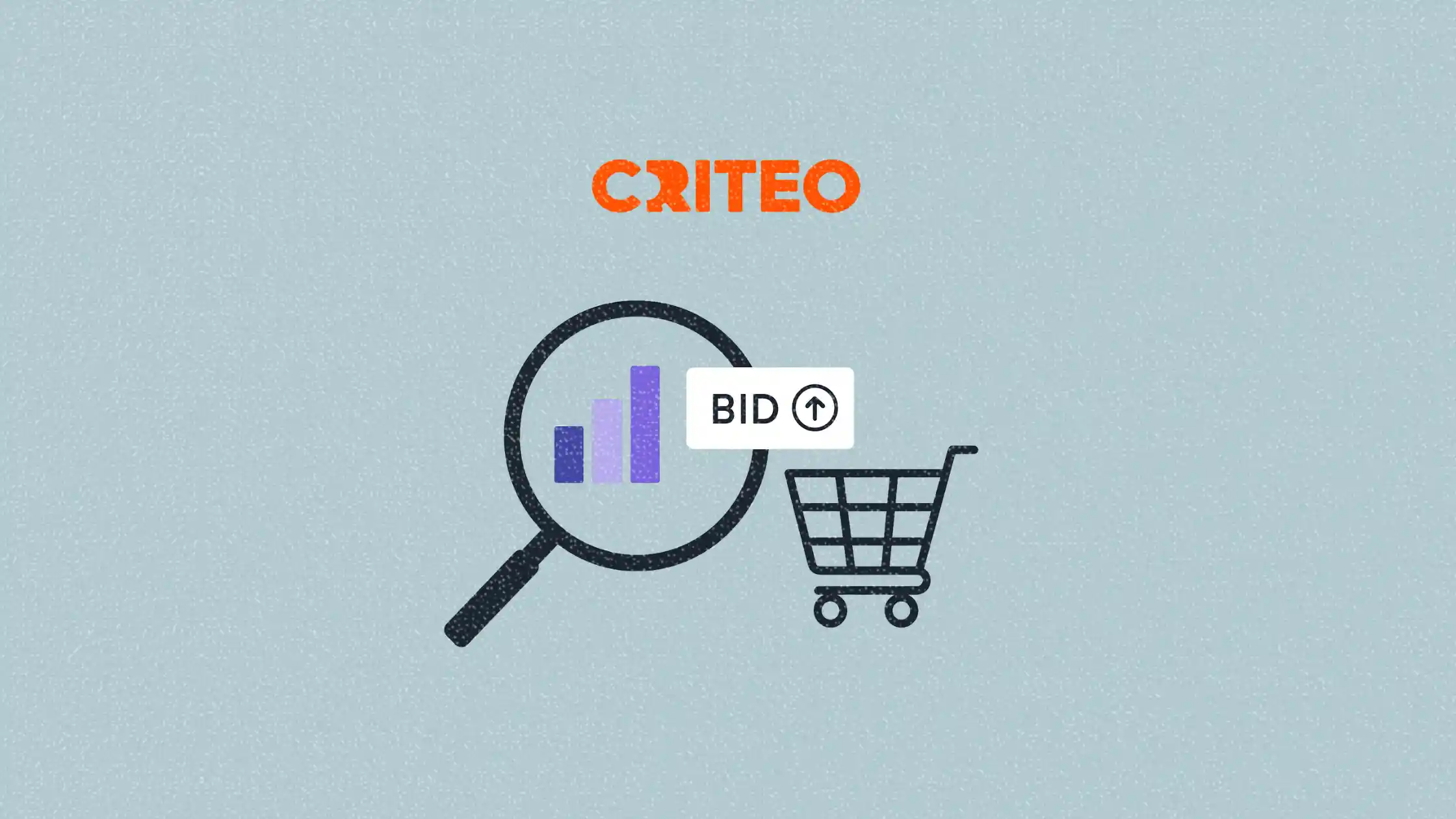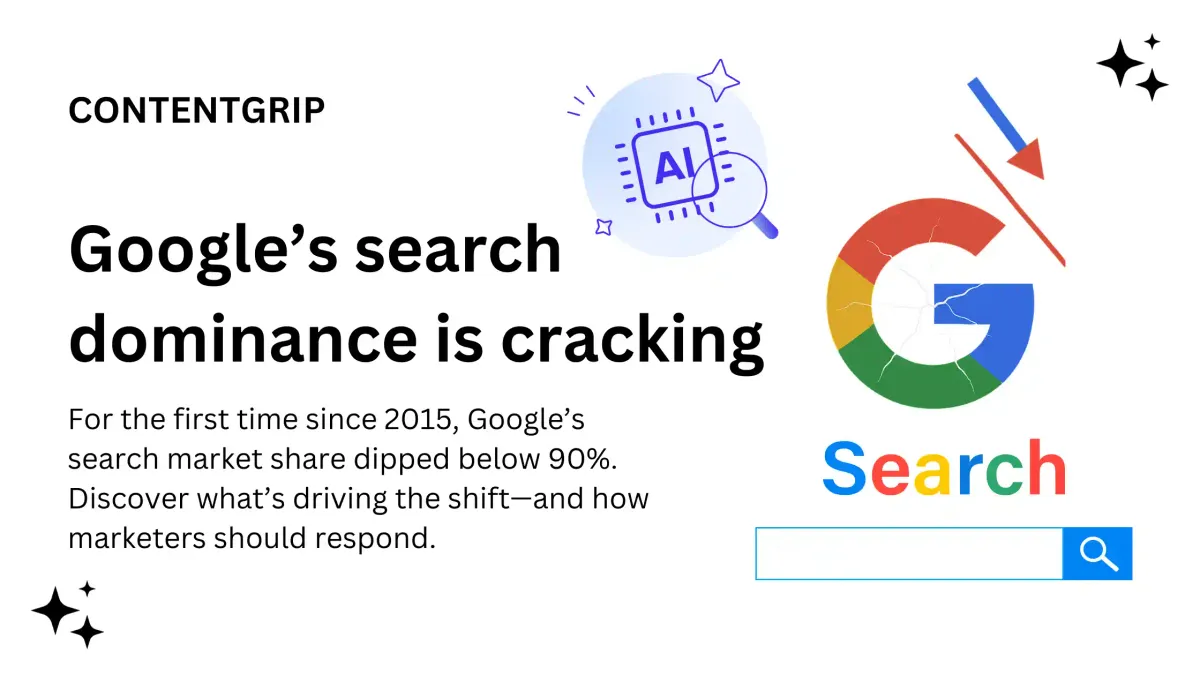Criteo challenges Google with programmatic retail media push
Criteo’s new auction-based feature could reshape how brands buy retail media display ads

Criteo is taking a page from Google’s playbook—literally.
The adtech firm just launched a new auction-based buying model for retail media display ads, a move designed to streamline how advertisers book inventory across multiple retail media networks (RMNs).
Until now, buying display ads in retail media typically required direct negotiations, long-term commitments, or joint business plans with individual retailers. Criteo’s latest update introduces real-time bidding and programmatic flexibility to the mix, allowing brands to optimize ad spend more dynamically and, crucially, at scale.
This article explores how Criteo’s new offering could reshape retail media strategy, how it stacks up to Google’s stack, and what marketers should keep in mind when evaluating their display ad buys.
Short on time?
Here is a table of content for quick access:

Criteo's platform update in brief
Criteo has upgraded its retail media platform to support programmatic display buying via auction-based models. This gives advertisers a way to purchase retail media inventory without being tied to rigid sponsorships or joint business plans.

Retailers like Costco and Shipt are already testing the feature, which is expected to help offload unsold inventory and capitalize on seasonal spikes in demand.
According to Criteo’s Global Retail Media GM Melanie Zimmermann, this update aims to "modernize display technology" and meet the evolving needs of both advertisers and retailers.

Why this matters
Multiple sources told Adweek that Criteo’s tech now mirrors capabilities typically reserved for Google Ad Manager and AdX, including how inventory is prioritized on the publisher side.
One insider even described it as a “copy-paste” of Google’s approach to reservations and yield management.
By plugging into various vendor systems—including Google Ads Manager itself—Criteo positions its platform as complementary rather than competitive. But make no mistake: this is a strategic move to compete more aggressively with Google for retail media dollars.
What marketers should know
- Programmatic flexibility reduces planning friction
Marketers often struggle with inflexible ad commitments tied to joint business plans. This model shifts the power dynamic by letting advertisers base spending decisions on performance data—rather than retailer negotiation cycles. That’s a win for media planners looking to optimize spend across RMNs.
- Inventory optimization gets smarter during high-demand seasons
Retailers can now monetize leftover or high-demand ad inventory more efficiently. For brands, this means better access to premium placements during peak seasons—without being boxed into rigid plans.
- Expect wider access to second- and third-tier RMNs
Retail media consultant Andrew Lipsman calls this a “significant market enabler,” especially for smaller RMNs trying to compete with giants like Amazon. As programmatic tools expand reach, brands will have more options to test and scale with emerging retail platforms.
Criteo’s programmatic push signals a broader shift in how retail media will operate—less manual wrangling, more algorithmic efficiency.
For marketers, this could mean not just cost savings, but smarter budget allocation and better campaign agility.
As the lines blur between adtech and commerce media, the most successful brands will be those that adapt quickly—leveraging programmatic pipes not just to reach audiences, but to reclaim control from rigid retail partnerships.





